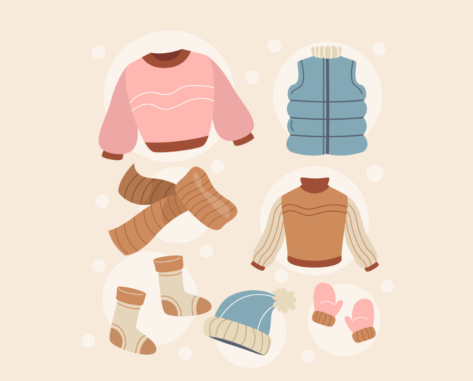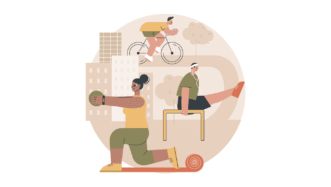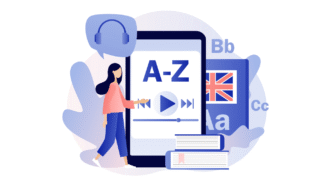LESSON OVERVIEW
The main objectives of this ESL lesson on clothing are to:
- learn beginner clothing vocabulary and talk about clothing choices and preferences;
- watch and discuss a video about dressing appropriately for travelling;
- listen to a conversation in a clothes shop and practise roleplaying the situation.
This lesson teaches beginner clothing vocabulary (e.g. sunglasses, hat, jeans). Students describe outfits and identify clothing items from pictures. They discuss dressing for different seasons and typical clothing worn for certain events. Students share clothing preferences and practise listening skills with a video about choosing clothes for travelling. They listen to a dialogue in a clothes shop and do a roleplay.
BEGINNER CLOTHING VOCABULARY
This ESL lesson on beginner clothing vocabulary starts with a warm-up! Students look at pictures of people wearing different outfits. Using boxes to help them, they choose where the people are going (e.g. restaurant, gym). Next, students read descriptions of the outfits and match them to the pictures. Following that, students look at icons of different garments and choose the correct word (e.g. dress/jeans; hat/sunglasses). Next, students read sentences and underline the clothing words. They show their understanding by matching the sentences to pairs of pictures underneath. Afterwards, students further prove understanding with an exercise about typical clothing for common events. They read a list of questions and answers with ‘Yes’ or ‘No’ (e.g. Do people usually wear high heels to do sport?). Then, students share their own clothing preferences and habits by continuing sentences with at least three items of clothing (e.g. When it’s cold, I wear…)
VIDEO AND MORE PRACTICE
Next in the ESL lesson on beginner clothing vocabulary, students watch a video about clothes to wear when travelling to ‘Country X’. Before watching, students look at words and pictures of clothing (e.g. fleece) and think what country the video is about. They watch and check if they’re right. Watching it again, they tick the clothes they hear (e.g. a swimsuit). Then, students do pairwork. Switching roles, Student A tells their partner where they’re going and what the weather’s like. Student B says what clothes to take. Next, students imagine shopping for holiday clothes. They listen to a dialogue and complete gaps with the words they hear. Next, they match words and phrases from the dialogue to pictures (e.g. pay by card, pay in cash). Afterwards, students read and roleplay the earlier dialogue with a partner. When replaying, some information is bolded and students change it.
HOMEWORK/REVISION
This lesson plan also includes an additional task that you can use as homework or revision. In the task, students look at photos of people doing different things and read some descriptions with gaps. They complete the gaps using the clothing vocabulary in the box. The task is available in the teacher’s version of the worksheet. You can print it and hand it out to your students. It’s also included in the e-lesson plan.
WORKSHEETS
Subscribe to unlock these and many other Standalone lesson lesson plans with the Unlimited plan
Subscribe













the video in the worksheet is to complicated for the beginners
Thanks for your feedback! We agree that authentic videos can be tough for beginners, so we design activities to make them easier to follow – and we believe we’ve made it manageable in this case.
I have noticed and appreciate this strategy. I also happen to have a class of mixed levels, so my advanced students can understand more language in the video, while the beginner students are still capable of completing the activities.
A very well scaffolded lesson for beginners. Thank you so much!
Thank you! Glad you found it helpful 🙂